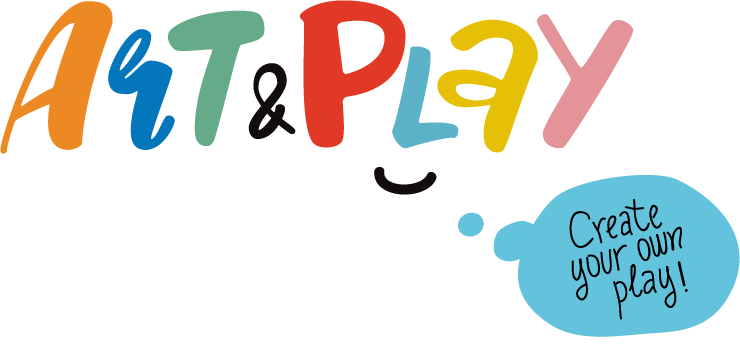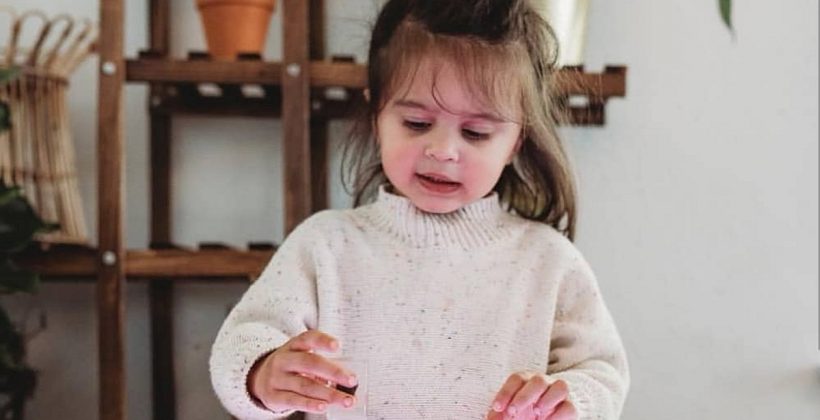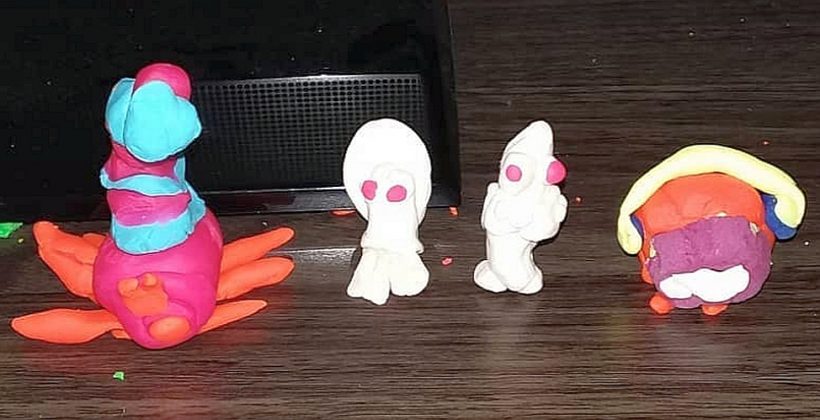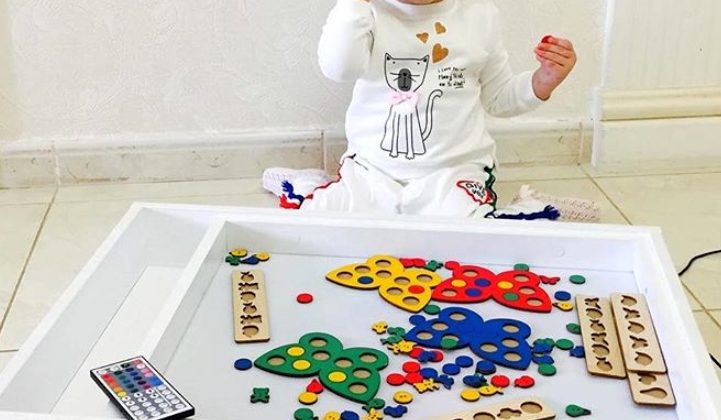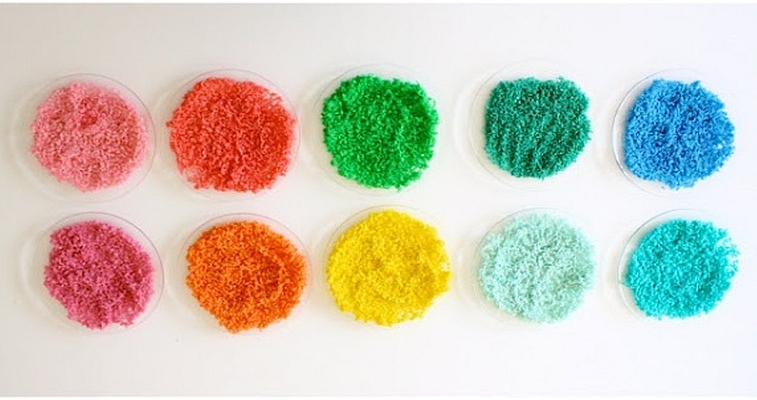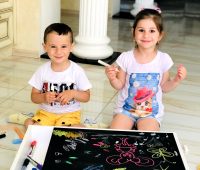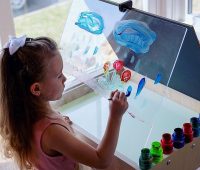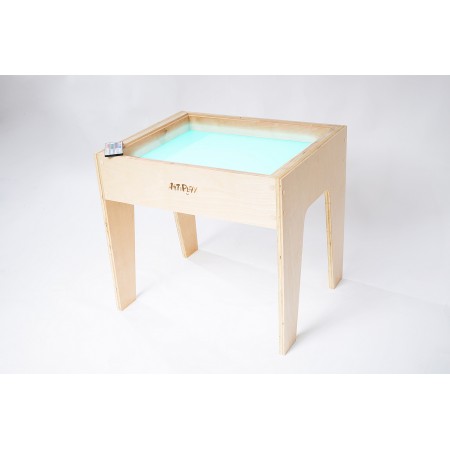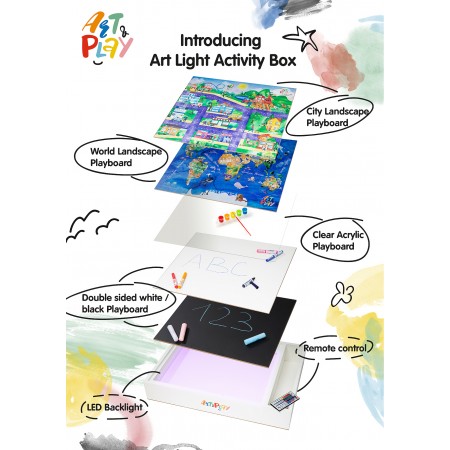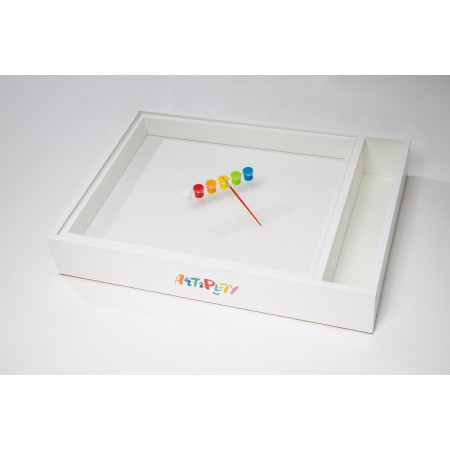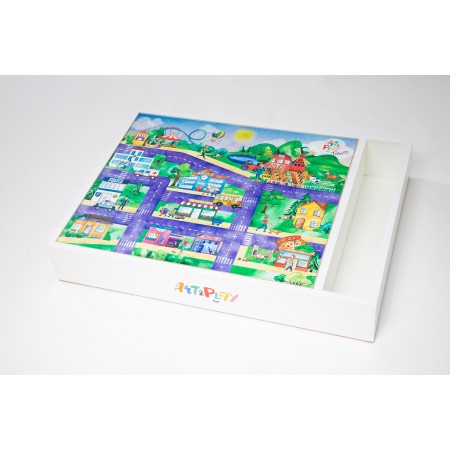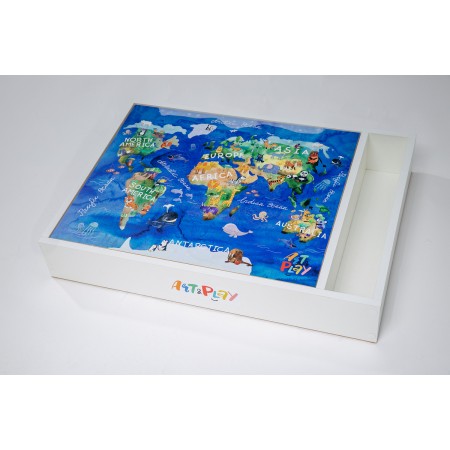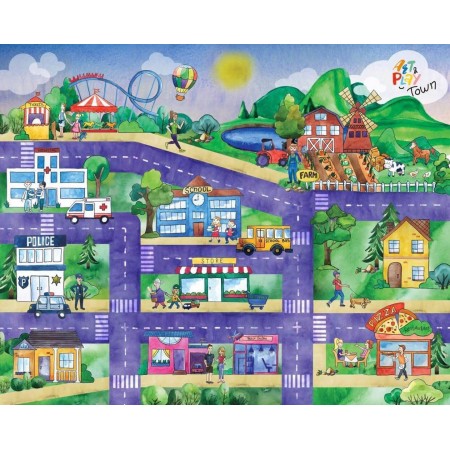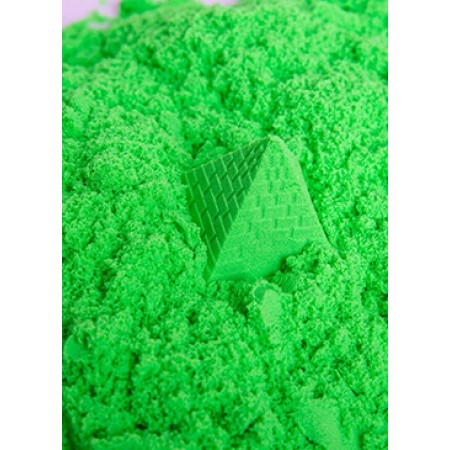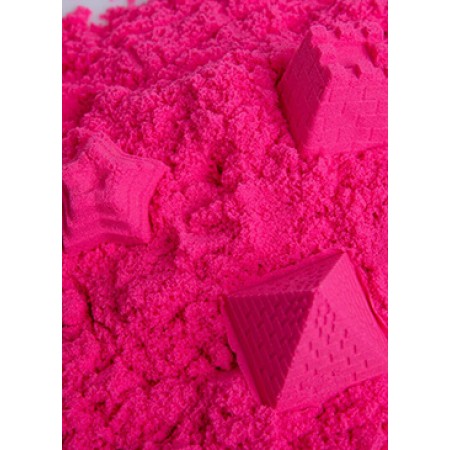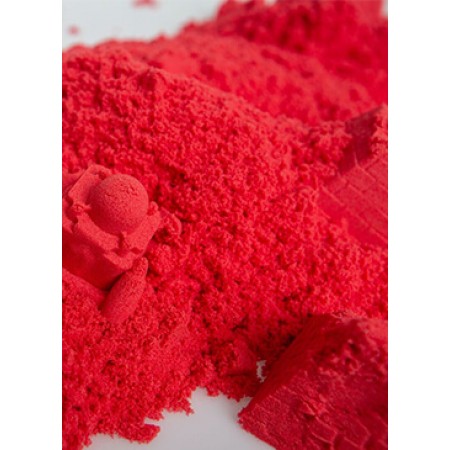Finger games for kids as a development factor
Finger games are the staging of poems and rhymes, rhyming stories, fairy tales with the help of fingers. Finger games help to develop fine motor skills, which stimulate the development of speech centers. A kid receives new tactile impressions, learns to focus and concentrate. Such games are designed for children from six months; interesting for kids up to five years. Kids do exercises for one hand, three-four-year-old children use all fingers, and after four years, different small objects are used.
You should choose different games according to the kid’s age.
First, demonstrate in details all the actions, and then ask to repeat or do it together with you, using the fingers of the baby.
If kids cannot cope with the game by themselves it should be simplified.
Parents can write funny simple poems themselves and accompany them with all the movements of the child’s fingers.
Each finger must be involved in to the game moving together and individually.
Symmetric and asymmetric hand movements should be alternated. With the most difficult games, where the right and left hands simultaneously produce different actions, the child should be introduced to approximately five years. For some games, you can use different caps, or draw funny faces on the fingertips.
Finger games can be practiced both in the development group and at home – this does not require material costs or special conditions. Before the start of the game, it is better to “warm up” the fingers of the child with a light massage or exercise. To begin with, the mother herself should learn the text and movements, tell the kid about the new game. It is necessary to pronounce the text without haste, with pauses, expressively, lowering and raising the voice, with an emphasis on keywords. Of great importance is the corresponding facial expression of an adult. With repeated repetition of already known words, the baby will begin to sing together with the mother.
